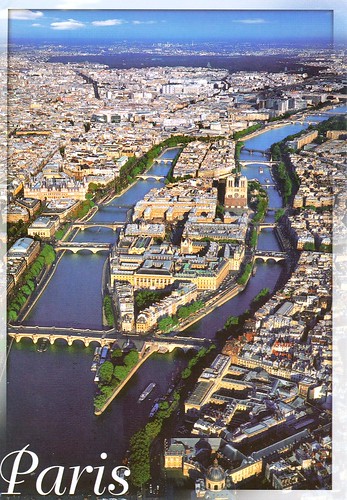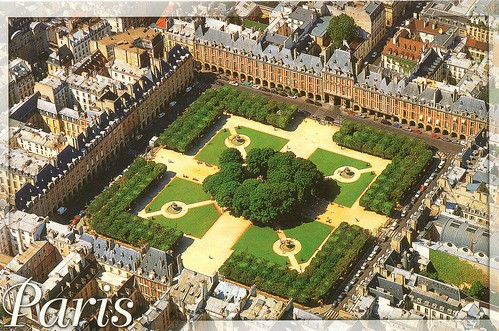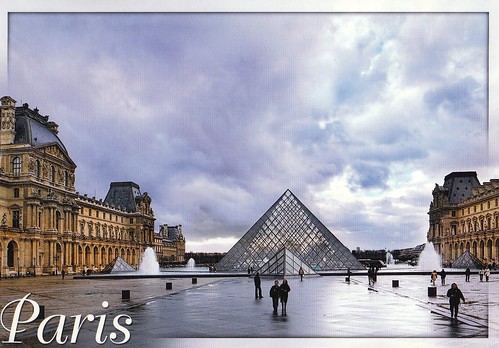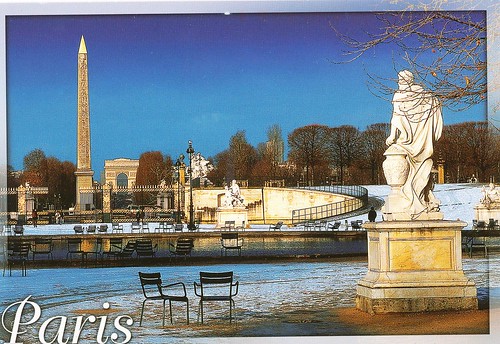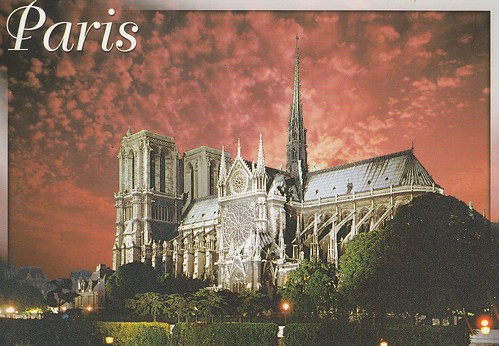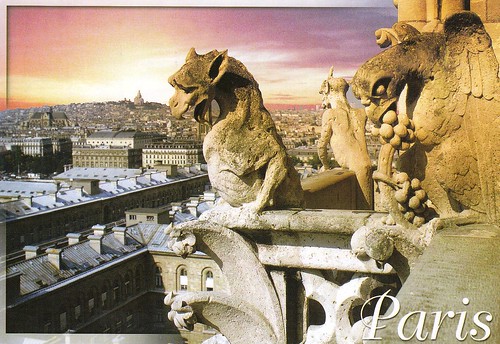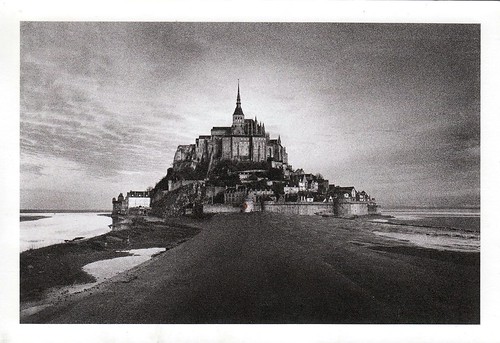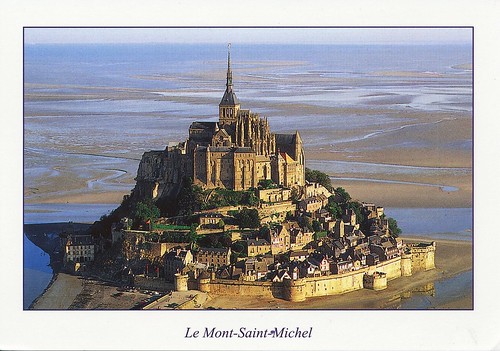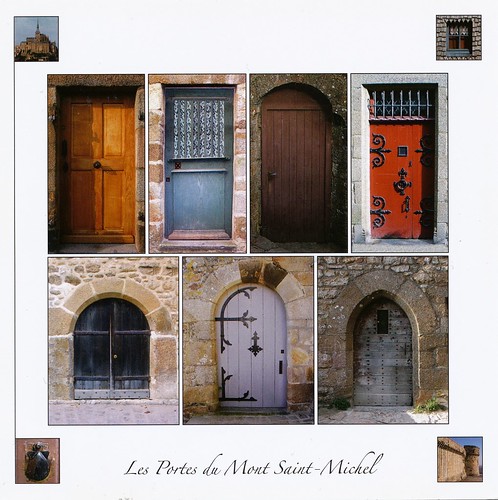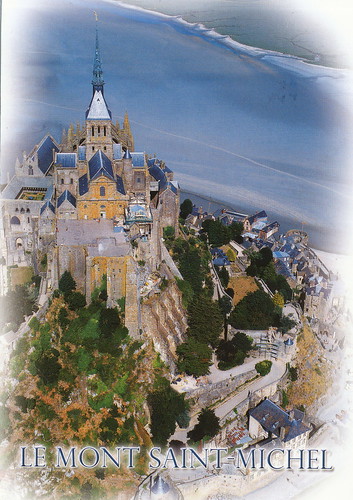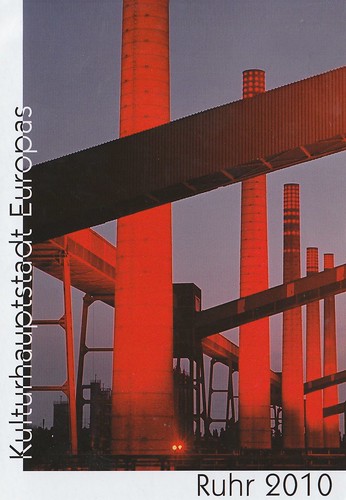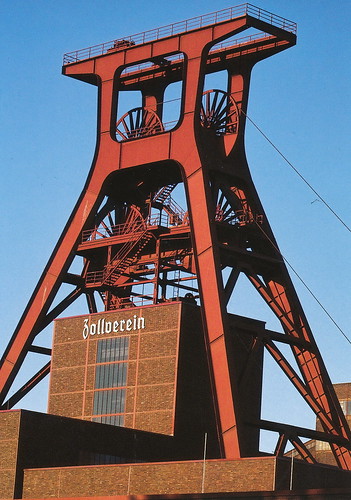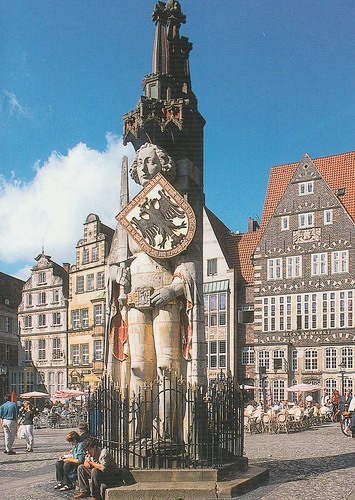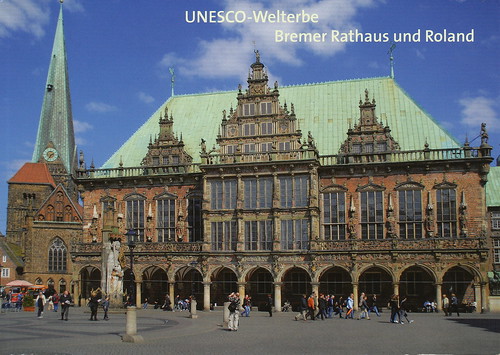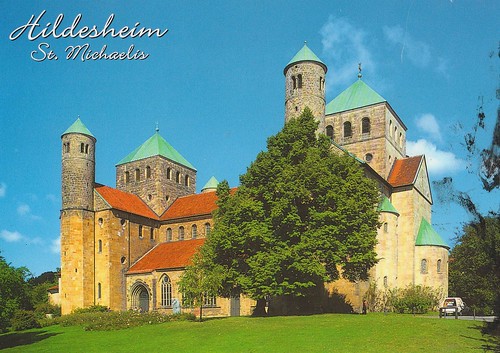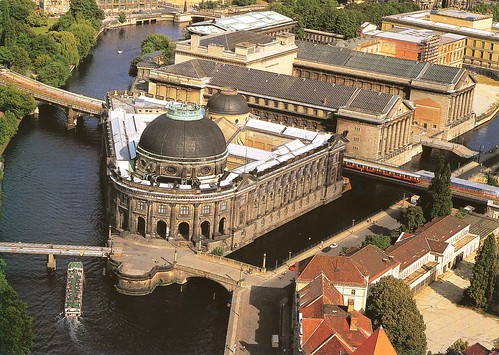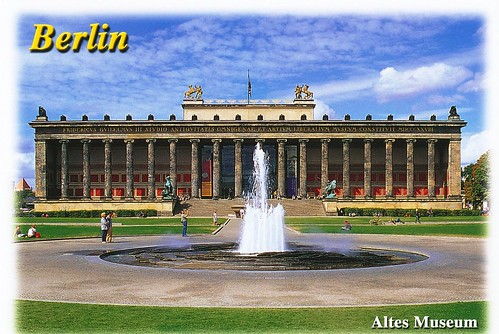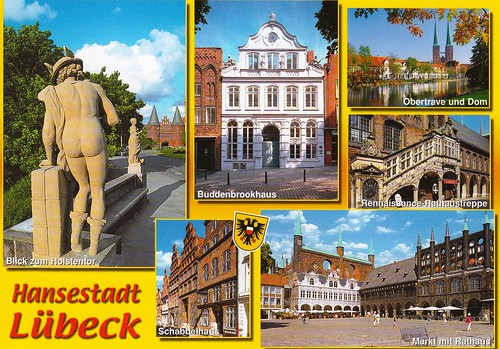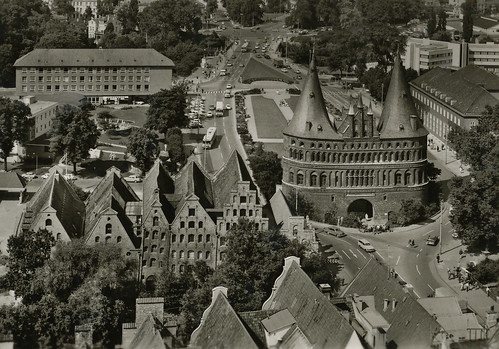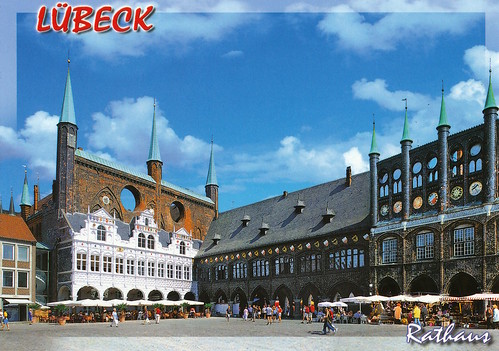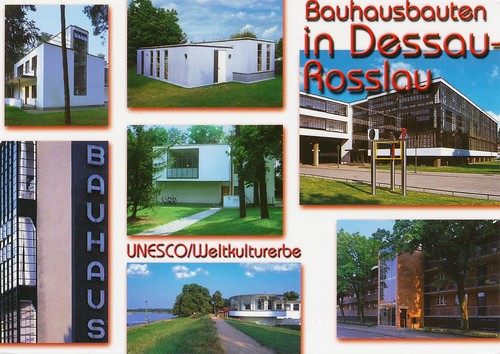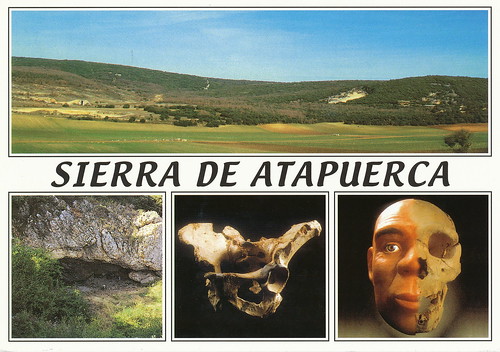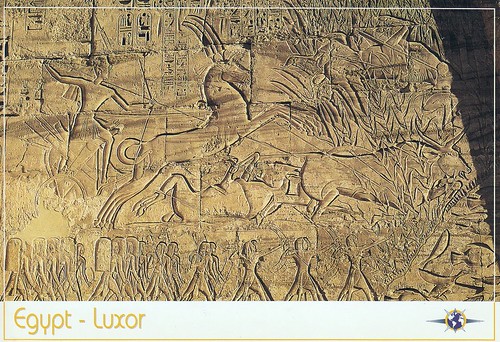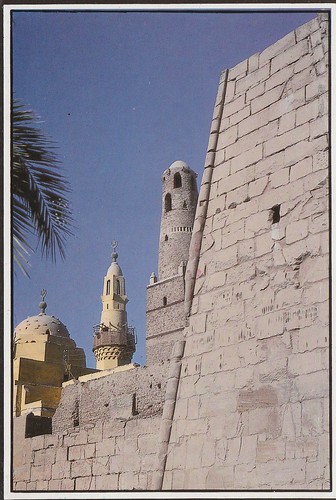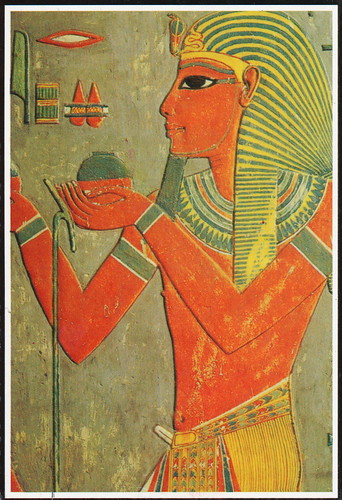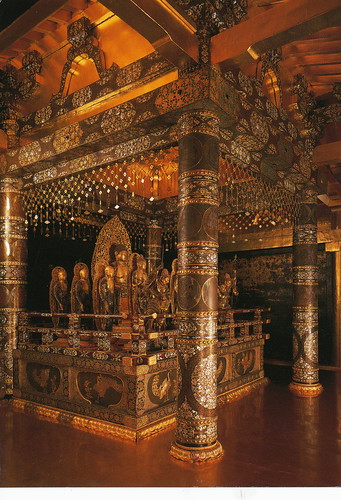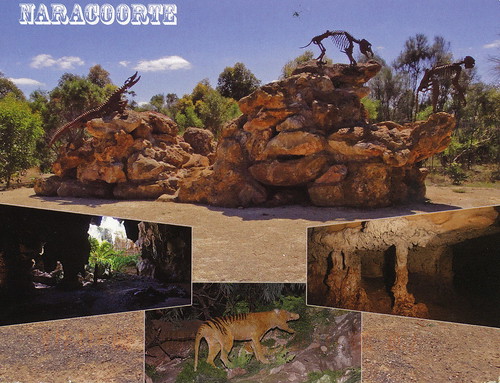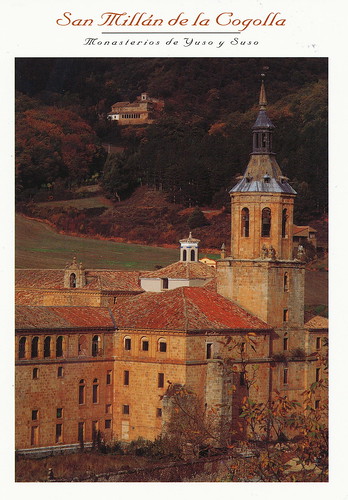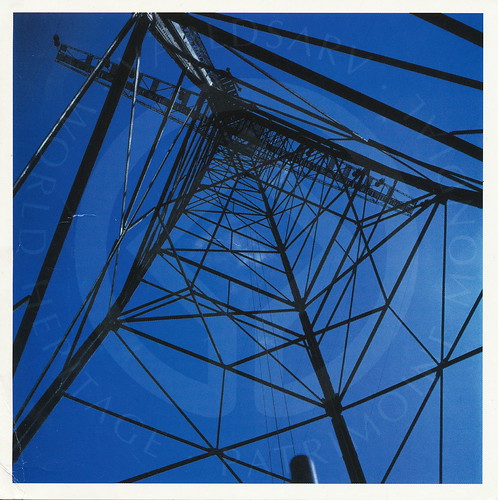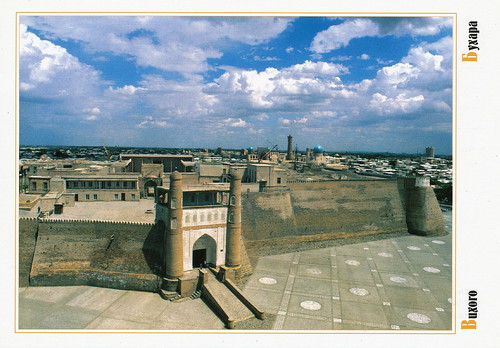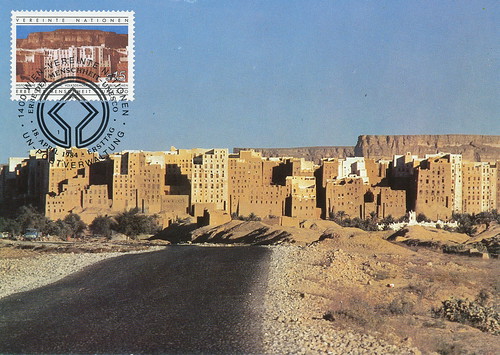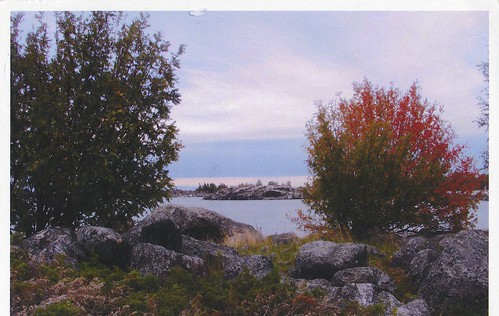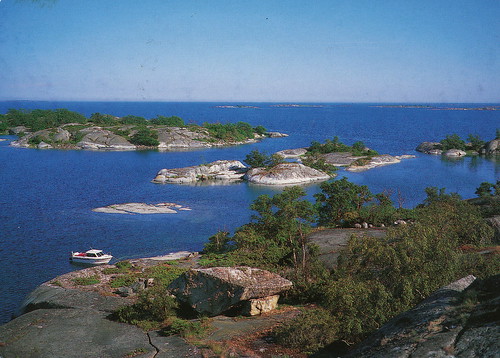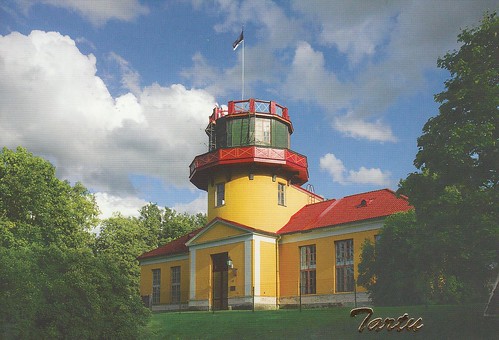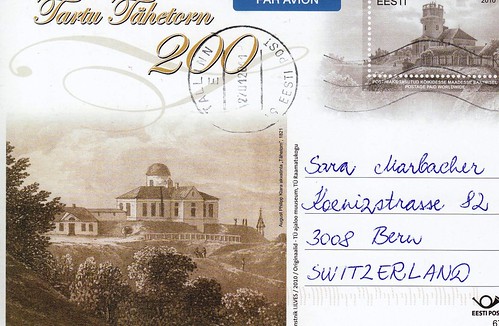Did you know that i've lived in Paris for 6 months once? I went there over for a language school which was only for 3 weeks - but young as i were - i found a good community there and worked 6 months in a jazz bar in the Marais Quarter - aaa it was an amazing time in my life in which i did many MANY great (and not so great) Experiences! After those 6 Months i decided to do the same in Berlin so i went directly to the other Culture City where i worked in museums and galleries... i've never visited the cities again, since i'm back home - in 2003.
From the Louvre to the Eiffel Tower, from the Place de la Concorde to the Grand and Petit Palais, the evolution of Paris and its history can be seen from the River Seine. The Cathedral of Notre-Dame and the Sainte Chapelle are architectural masterpieces while Haussmann's wide squares and boulevards influenced late 19th- and 20th-century town planning the world over.
- Date of Inscription: 1991

